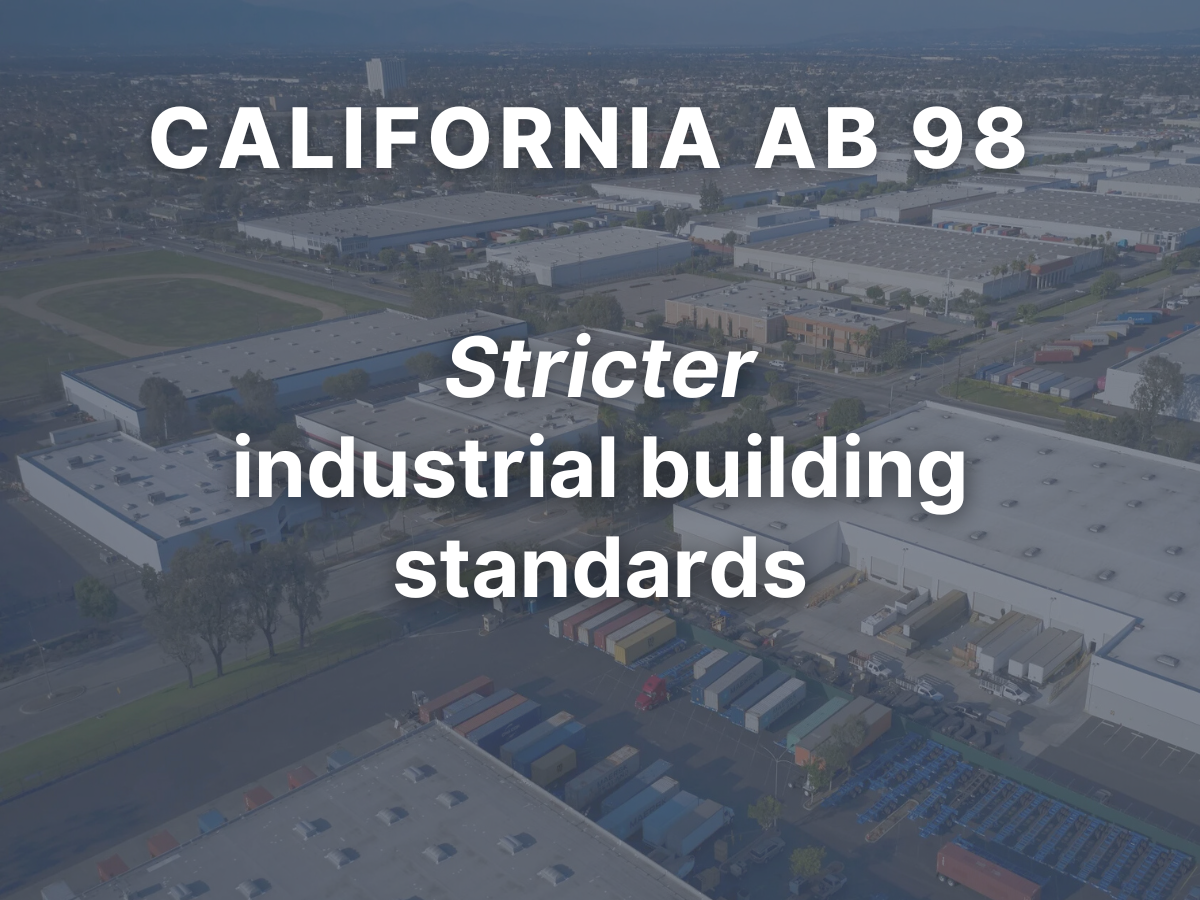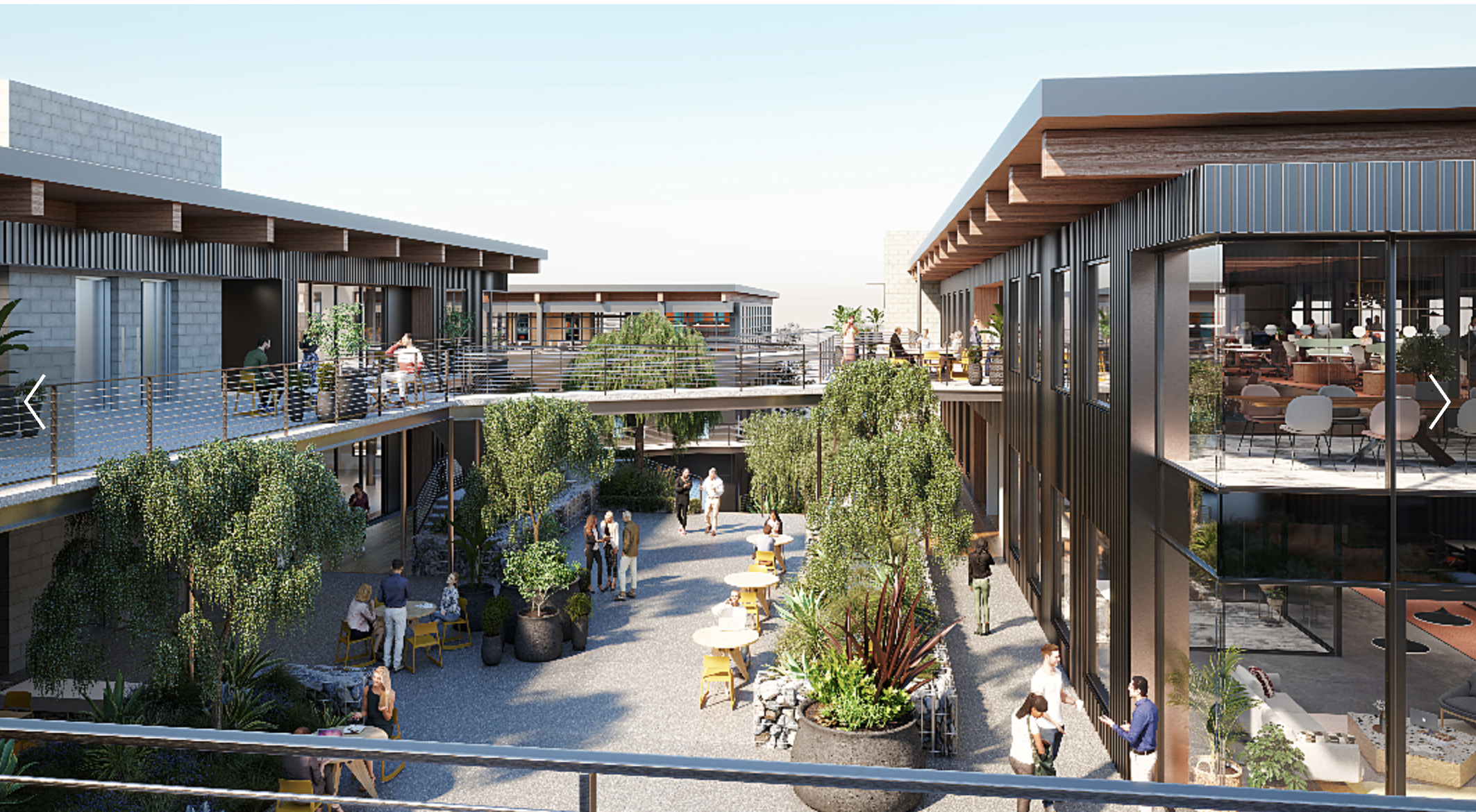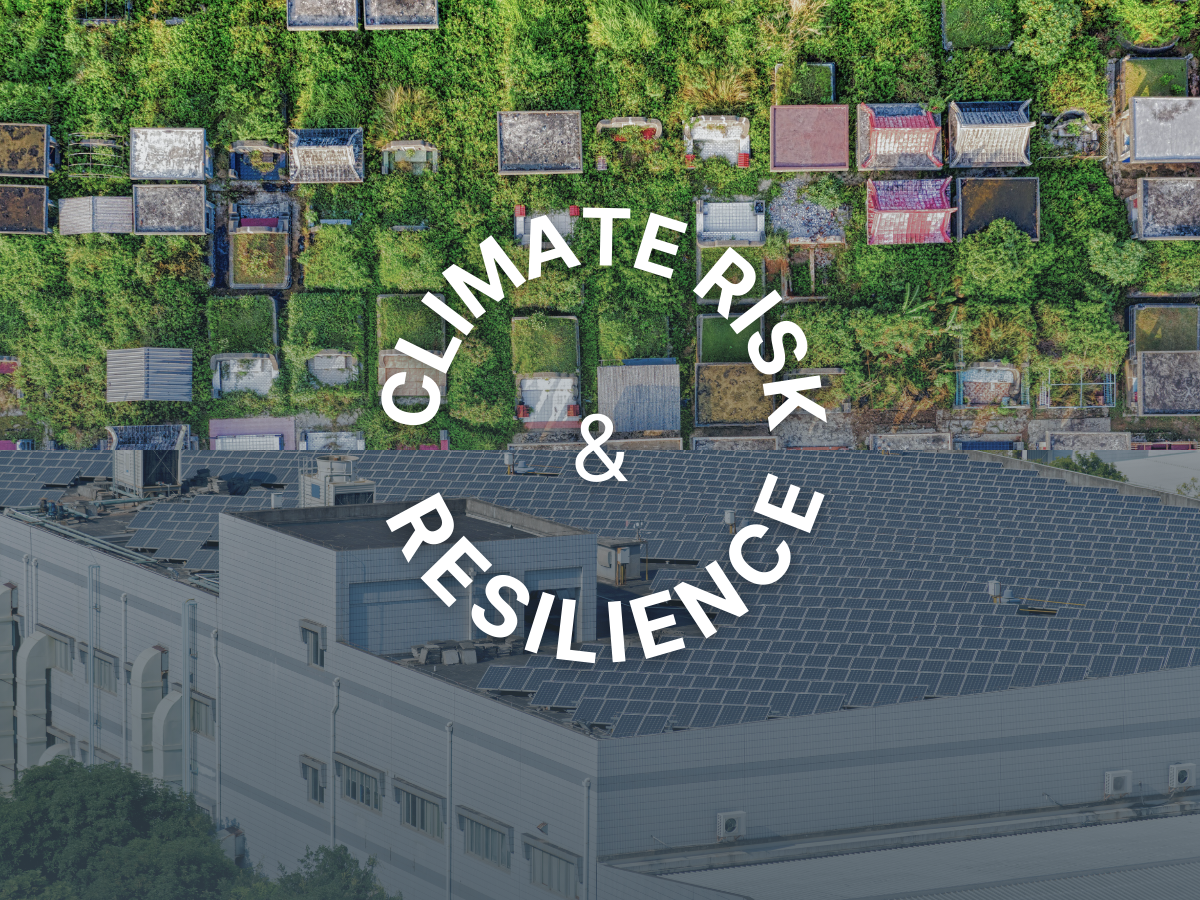Education Posts

What the One Big Beautiful Bill Act (OBBBA) Means for Solar and Battery Projects
New rules under the One Big Beautiful Bill Act change how solar and battery projects qualify for tax credits. Learn the deadlines and risks to avoid missing out.

Solar, Storage & Decarbonization: I.CON West 2025 Highlights
Behind the scenes at NAIOP’s I.CON West conference: Solar planning, battery storage, and standout industrial projects in Los Angeles. GAIA moderates a panel on solar and developers share what they’re doing to meet code and generate income with solar.

California’s Assembly Bill 98: Impacts on Industrial Warehouses and Logistics Facilities
AB 98 sets new standards for California industrial facilities, focusing on emissions reduction, energy-efficiency, solar, air quality, and community protections, effective January 2026.

Decarbonizing Industrial Buildings (New 2025 Version) a Sustainability Guide for Real Estate Developers
Real estate developers are making commitments to net-zero and carbon neutral but many don't know how they’ll get there. GAIA's Decarbonizing Industrial Buildings guide compiles proven strategies to reduce emissions across building portfolios, at scale. Topics include energy efficiency, low-carbon materials, solar, government regulations, and ESG reporting.

LEED Volume Certification for Portfolios
The LEED Volume program reduces certification time and increases cost-savings across portfolios. This program is ideal for industrial developers with 10+ buildings in the same asset class.

Value of Hiring a Solar Owner Rep
As solar owner's representatives (rep), we play a crucial role in guiding building owners through the process and ensuring a successful solar energy project.
GAIA acts as your advocate, knowledgeable advisor, and project manager, offering expertise in solar energy systems and helping you maximize the value and benefits of solar for your property.

Energy-Efficient Cold Storage: Cut Costs and Carbon with Sustainability Solutions
Cold storage industrial facilities are essential but energy-intensive. Learn how sustainability solutions are reducing energy use, costs, and emissions.

Title 24: New California Solar Codes Effective January 1, 2023
California non-residential buildings must comply with new solar and battery codes. Find out if your building is exempt.

2024 Updated CALGreen Code: Embodied Carbon Requirements
Embodied carbon and life cycle assessments will be required in California for large developments in July 2024.

What is a Life Cycle Assessment?
We measure a building's embodied carbon by conducting a life cycle assessment, also known as an LCA. Learn what it is and why reducing embodied carbon matters.

GAIA Panel Recap: ESG & Decarbonization Strategies for Industrial and Logistics Properties
ESG and sustainability take over stages at NAIOP I.CON West Industrial Conference 2024

How ESG is Driving Hotel Sustainability
The hotel industry recognizes that sustainability initiatives are no longer an option but a necessity. While ESG goals are being published and net-zero targets are being set, few know how to get there. Let’s explore different ways developers and operators are integrating sustainability and ESG for a triple bottom-line impact.

Expert Tips for Effective Commercial Energy Management
Learn expert strategies for optimizing commercial energy management. Reduce costs, enhance sustainability, and boost building performance effectively.

Decarbonizing Buildings at the 30,000’ Level
Reducing carbon emissions is on everyone’s agenda. We’ve mapped out a high-level plan for new and existing buildings. Let’s start here.

BREEAM In-Use (for Existing Buildings)
Why choose BREEAM certification? BREEAM USA In-Use costs less and certifies faster compared to other sustainability rating systems. BREEAM provides consistent, credible means to define impact and performance. BREEAM uses robust science to determine environmental quality and improves asset and portfolio value while reducing risk.

LEED for Existing Buildings: Operations and Maintenance
LEED Operations and Maintenance (O+M) recognizes existing buildings' sustainability strategies and reduced contributions to climate change. The latest version (LEED v4.1) is simpler + faster to obtain certification than v4, which is going obsolete.

Mass Timber is Changing Real Estate
Mass timber is shaping the future of low carbon construction. Learn about its benefits, the different types of laminated wood, and explore pioneering mass timber projects.

Climate Risk and Resilience 101
Climate risk refers to any physical, financial, and reputational risk associated with climate change. Climate change will continue to impact the global economy across all sectors. Impacts may be direct, such as physical damage to buildings, or indirect, such as changes in consumer preferences and government regulations.

The Importance of the “Energy-Water Nexus”
Discover how to reduce energy and water use in buildings with these practical strategies. Learn about improving building envelope design, upgrading lighting systems, installing high-efficiency HVACs, using smart automation systems, and more.
